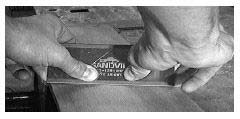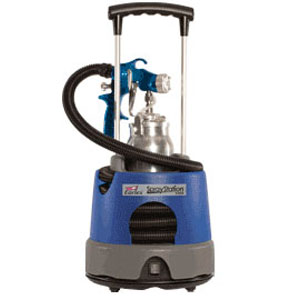Most folks will use 9″ x 11″ sandpaper sheets at some point in their sanding endeavors. And most of us typically will cut the sheets down in size to suit some particular sanding pad size, or to make a more appropriately sized piece of sandpaper for hand sanding.
Ways to tear sandpaper paper down in size range from the “fold a crisp crease”, then pull it apart like spreading continental plates method, to folding it over a sharp 90 degree table edge (like on a machine’s cast iron table) and yanking down to tear the sheet. There is also the “use your spouse’s fabric scissors” method to cut sandpaper and is definitely one way I can attest to that should be avoided. Sometimes these methods give a clean “cut” and other times the “tear” ends up being ragged, jagged and anything but straight.
Wise use of a consumable commodity like sandpaper can save money in the long run and the more your sheets can be cut nice and clean, at just the right size, the farther your sandpaper budget is stretched. To that end, take some scrape wood and an old hacksaw blade (or a new one if your budget allows) and make yourself a sandpaper sheet cutting jig for making straight & clean sheet tears, right on your mark, every time.
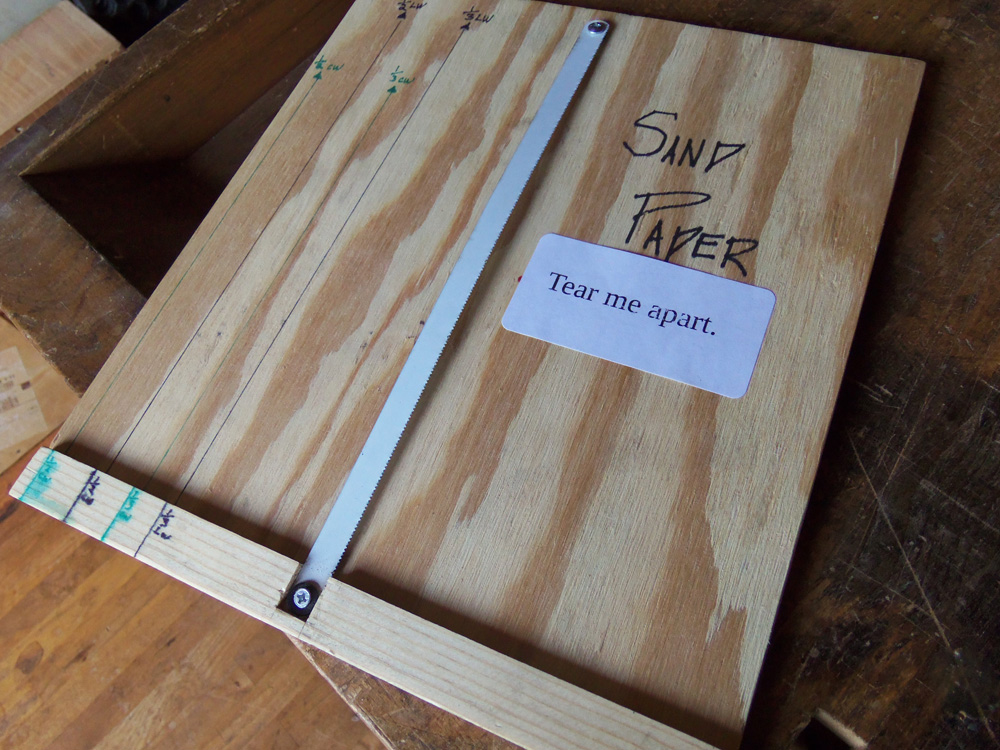 We used 1/2″ plywood and glued on some 3/4″ scrap at the bottom to give a 1/4″ high lip to be a reference fence. Chisel out a small mortise to “let-in” the blade to the fence, keeping the mortise depth about 1/16″ above the plywood. Square the hacksaw blade to the fence and use a washer under the blade at the top before you screw it down, leaving space between the plywood and the blade for easily sliding your sandpaper underneath the blade. We oriented the teeth on the blade so pulling up the paper goes “into” the rake of the teeth.
We used 1/2″ plywood and glued on some 3/4″ scrap at the bottom to give a 1/4″ high lip to be a reference fence. Chisel out a small mortise to “let-in” the blade to the fence, keeping the mortise depth about 1/16″ above the plywood. Square the hacksaw blade to the fence and use a washer under the blade at the top before you screw it down, leaving space between the plywood and the blade for easily sliding your sandpaper underneath the blade. We oriented the teeth on the blade so pulling up the paper goes “into” the rake of the teeth.
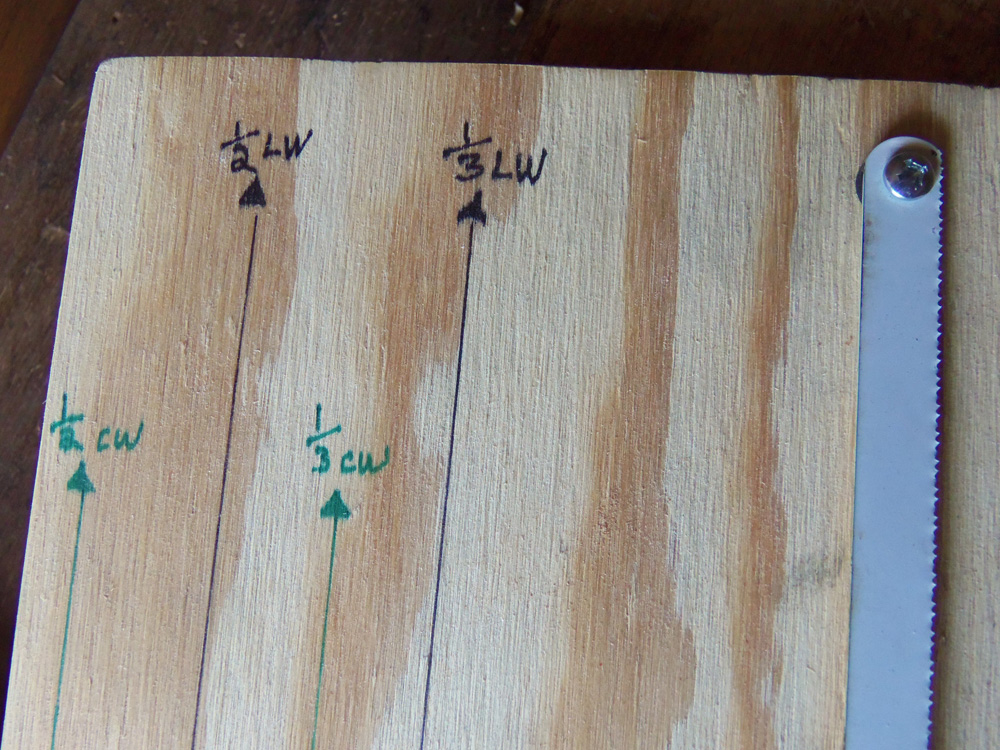
Using a fine line marker, draw witness lines at measured dimensions from the blade’s cutting edge for half a sheet and 1/3 a sheet, in both lengthwise and crosswise measurements. Add any other dimensions you use regularly when cutting sheet paper down to size.
Avoid doing what we did, don’t spray lacquer onto the Sharpie marks to “seal” them. The lacquer made the marks run like the makeup on a crying mime.
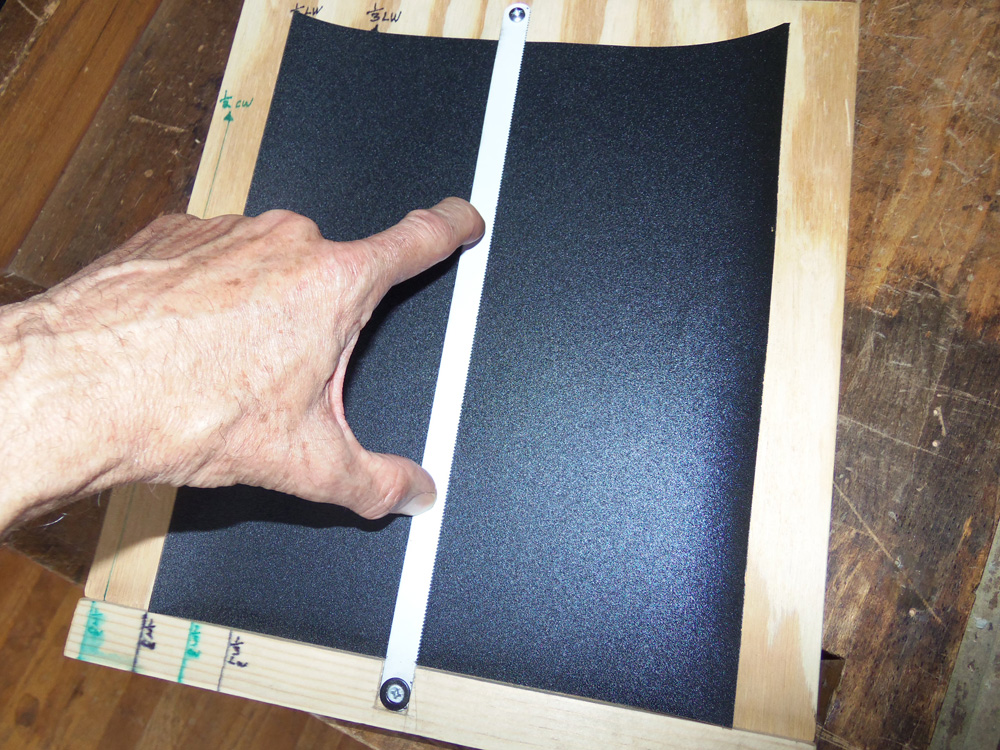
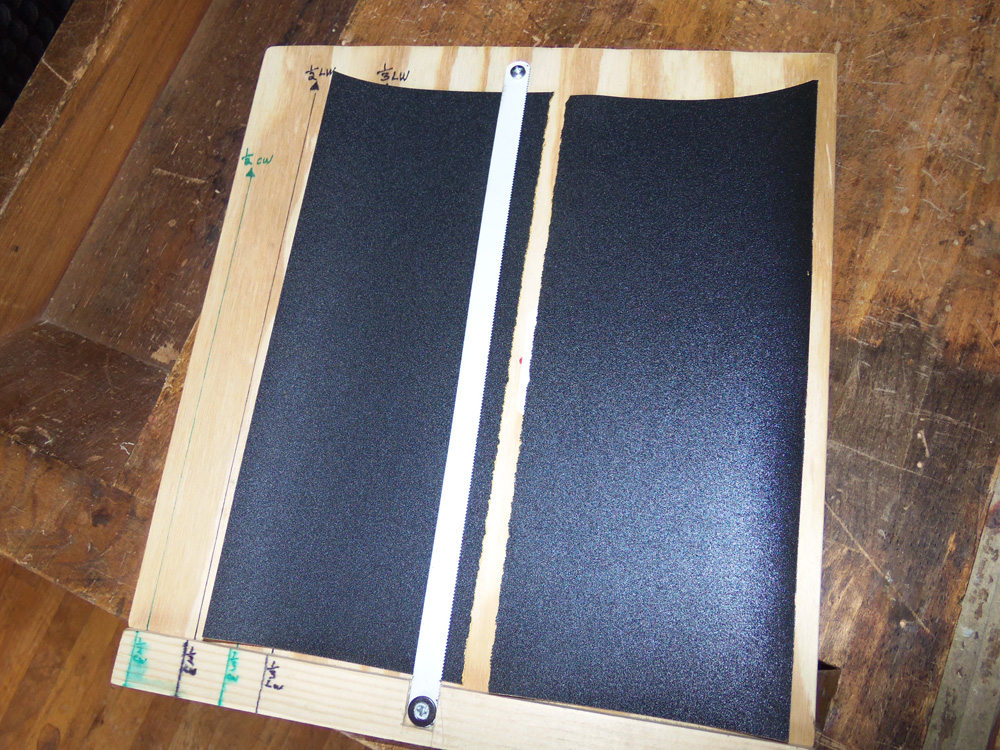
Now go tear up your sandpaper in highly predictable ways!


 We used 1/2″ plywood and glued on some 3/4″ scrap at the bottom to give a 1/4″ high lip to be a reference fence. Chisel out a small mortise to “let-in” the blade to the fence, keeping the mortise depth about 1/16″ above the plywood. Square the hacksaw blade to the fence and use a washer under the blade at the top before you screw it down, leaving space between the plywood and the blade for easily sliding your sandpaper underneath the blade. We oriented the teeth on the blade so pulling up the paper goes “into” the rake of the teeth.
We used 1/2″ plywood and glued on some 3/4″ scrap at the bottom to give a 1/4″ high lip to be a reference fence. Chisel out a small mortise to “let-in” the blade to the fence, keeping the mortise depth about 1/16″ above the plywood. Square the hacksaw blade to the fence and use a washer under the blade at the top before you screw it down, leaving space between the plywood and the blade for easily sliding your sandpaper underneath the blade. We oriented the teeth on the blade so pulling up the paper goes “into” the rake of the teeth.



